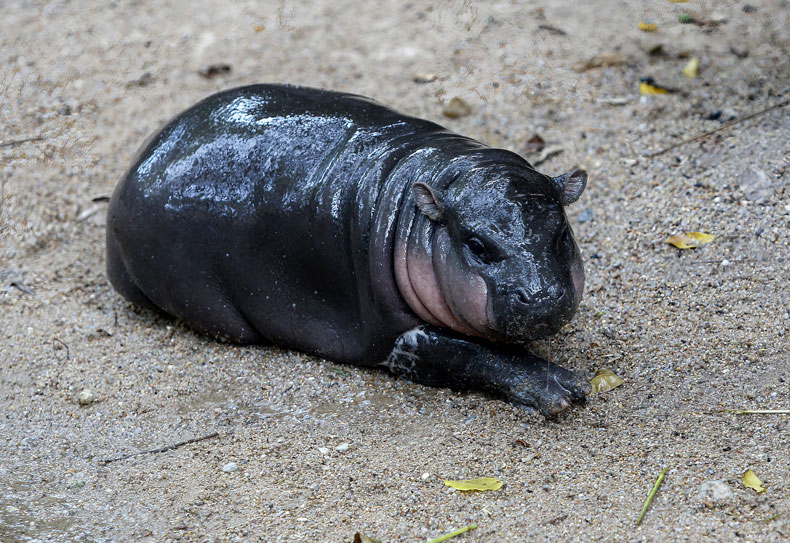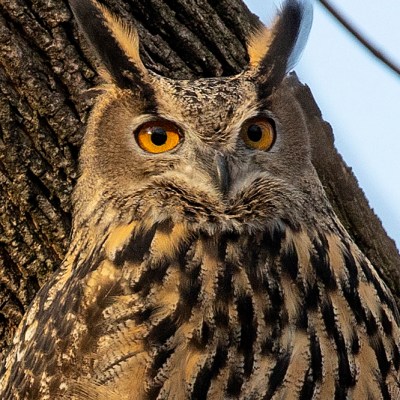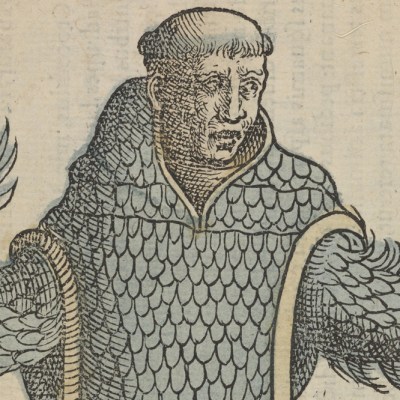The internet always needs an obsession. For most of this summer it was Charli XCX and her album Brat, a lime-green ode to clubbing and bumping coke – a millennial Confessions of an English Opium-Eater, if you will. So it was until the moment where, as September rolled in, Charli herself put an end to it all with a single Tweet: ‘goodbye forever brat summer.’
Rakewell wonders if the marketing team at Khao Kheow Open Zoo in Chonburi, Thailand, had this news in mind when they posted, just a few days later, a series of videos of a baby pygmy hippopotamus named Moo Deng (which roughly translates as ‘bouncy pork’) on their Facebook page. They show the hippo careering around the zoo, enjoying snacks and cuddles, pulling jaunty facial expressions and generally being an adorable little rascal – the kinds of videos that hark back to a simpler time when around 90 per cent of viral videos involved cats having meltdowns or puppies beaming wide-eyed at the camera.
But even if the zoo did spy a Brat-shaped gap in the market, it can’t have known just how popular Moo Deng would become. Videos have been shared what seems like millions of times, Twitter has been ablaze debating the various merits of the animal, and she has predictably inspired a slew of fan art: one Twitter user posted a painting of Moo Deng being cradled by Jesus – a post that has garnered 169,000 likes and counting. She even has her own Wikipedia page.
Visitor numbers to the zoo have skyrocketed, which has induced concerns for Moo Deng’s safety; reports have emerged of visitors throwing things at her. To cope with this, the zoo has introduced limits on visitors and five-minute slots for viewers – much as the Louvre has tried to do with the Mona Lisa, most famously in 2019, when gallery staff were apparently moving viewers on after less than a minute of looking at the painting. Zoo-goers might also find similarities with the experience of going to the Sistine Chapel, where the volume of tourists means that some visitors find themselves forced to walk through without stopping.
Moo Deng, a two-month-old female pygmy hippo, at Khao Kheow Open Zoo in Chonburi, Thailand in September 2024. Photo: Chaiwat Subprasom/SOPA Images/LightRocket via Getty Images

Now, a new angle to the story has emerged involving the tricky subject of image rights. In a video released on Thursday, the zoo’s director, Narongwit Chodchoi, said: ‘the zoo is in the process of patenting [sic] and trademarking Moo Deng, whether in cartoon form or her image’. The proceeds, he said, will ‘come back to the zoo to improve the life of all the animals here’. It’s a point that raises several questions: is it fair that the zoo, rather than Moo Deng herself, own the rights to her image? This ethical quandary was played out in court a decade or so ago, when PETA sued a photographer on behalf of a macaque monkey whose selfie had gone viral. Although a judge in San Francisco ruled that the monkey could not legally have copyright of the photo, a settlement was reached whereby the photographer agreed to donate 25 per cent of all income from the photograph to charities that support crested macaques in Indonesia.
On a more practical level, how will the zoo assess whether a cartoon or drawing is of Moo Deng and not another baby pygmy hippo? Most humans, Rakewell assumes, cannot tell one baby pygmy hippo apart from another. Perhaps a panel of hippo elders will be assembled to adjudicate each case. Now that really would deserve to go viral.




